5 Best Weightlifting Shoes in India For Men
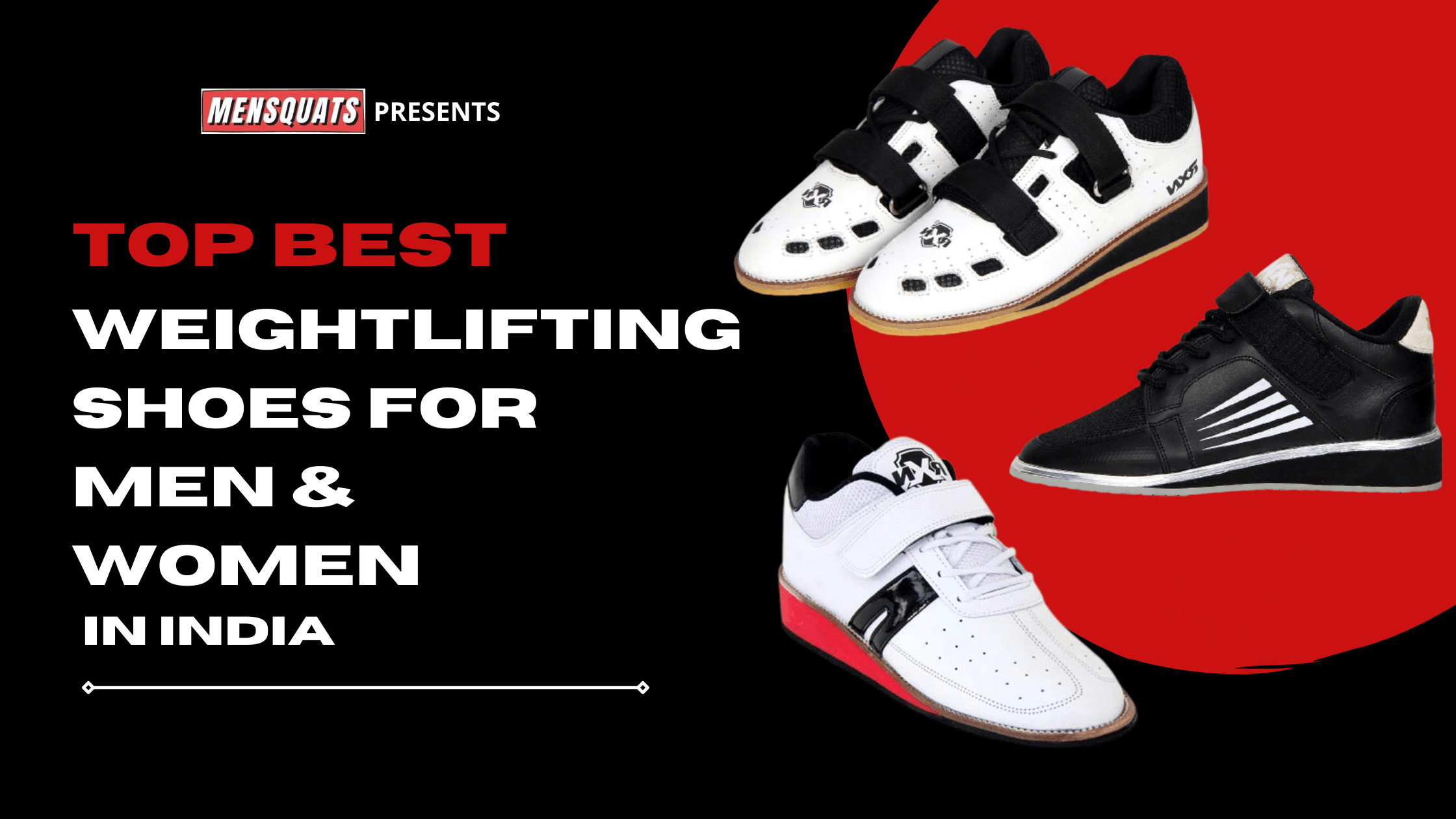
- Why wear weightlifting shoes?
- Who should wear weightlifting shoes?
- What do weightlifting shoes do physically?
- Top 5 Best Weightlifting Shoes In India For Men & Women Review
- 1. RXN Weightlifting Shoes India
- 2. New RXN Lifter Weightlifting Shoes for Mens India
- 3. PRO ASE Men’s Weightlifting Shoes India
- 4. RXN World Star Double Strap Weightlifting Shoes
- 5. ASE Double Strap Weightlifting Shoes
- What things to consider when choosing the best weightlifting shoes?
One of the most common questions I get from people after seeing me working out in my RXN best weightlifting shoes in India and that's “what type of shoes should we wear when we're working out?”
The straight answer to this is – Wear that shoe that supports the sport you play. 🏋️♂️
The type of footwear you choose to wear is pretty specific about the type of workout that you’re doing.
If you play basketball, you should wear a basketball shoe. If you do powerlifting, get a deadlift shoe or dedicated squat shoe. If you do a sprint, get running shoes. Similarly, if you do Olympic weightlifting, get the best weightlifting shoes.
👉 Now before I straightaway slam you with choices I made for the best weightlifting shoes in India just for YOU. I want to start by answering a few common questions which any novice/ new person would have after seeing this high heel, strap protected, and non-cushy sole type of shoe. 👞
But, wait for a second! I understand most people are in a hurry because they’ve to order a shoe, wear it, and run straight to the lifting platform to do some high-caliber lifts.🏋️♂️
➡️ So for them here are the quick 5 Weightlifting Shoe Brands in India, which I have talked about in much detail later in this review blog:
Now comes the REAL reason for owning a weightlifting shoe pair?
Why wear weightlifting shoes?
If you have a bad ankle, foot mobility, and strength and you go and try to do barefoot squatting, you might hurt yourself.
👉 Therefore, in this case. a shoe like this has 3 major functions:
1. Lifted High Heel:
A high heel helps you move your knee more forward and lets you use your quad muscles more. The raised heel also allows for a deeper and more upright squat by increasing ankle range of motion.
2. Hard non-compressible sole:
Because the thin, firm soles absorb so little force, more of the force you exert goes toward pushing the bar. The relatively wide, square-edged, and strong soles provide a more stable base. These factors imply that you can lift more weight with less risk of injury. 🤕
3. Provide support to the foot:
It gathers your foot and surrounds it in a tight casing, so nothing wiggles around our foot.👞 Also, lifting heavy weights is potentially damaging if you lift barefoot or any shoe which isn’t made as a weightlifting shoe because your foot can’t get stable enough.
➡️ Support + High non-compressible heel = Good & Safe Lifting.
Difference between Running Shoes vs Weightlifting Shoes
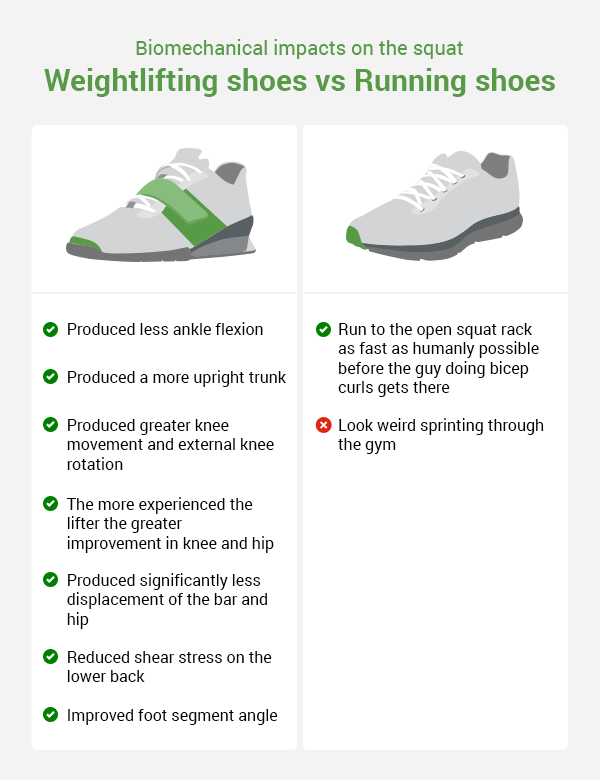
Who should wear weightlifting shoes?
If we wanted to create a list of lifters and athletes who could benefit with weightlifting shoes. Then it would be weightlifting athletes, powerlifting athletes for squats, lifters that are training and they need a heel wedge under their foot like CrossFit athletes. 👍
Otherwise other lifters who need a pair of weightlifting shoes to position themselves slightly better on machines when the range of motion is a goal and they cannot achieve that range of motion without some form of heel wedge under the foot.
There’s a lot of different contextual layers here as to who should actually wear weightlifting shoes and who should not.
Of course, for bench press, shoulder presses, their application is null. Also for deadlifting, weightlifting shoes aren’t that helpful.
👉 But for squats, snatches, clean & jerks, and all supporting Olympic weightlifting exercises, these elevated heel shoes are the ones that lifters wear commonly.👞
What do weightlifting shoes do physically?
When wearing weightlifting shoes, we’re going to be putting our foot into a plantarflexed position (extension at the ankle). We’re starting with the toes below the height of the heel so the heel will be sitting higher (more forward) in relation to the toes. 👍
What does this physically do for lifting with lower body movements?
When we’re squatting and we’re going into hip flexion, what ends up happening is as we plant or flex and begin in a plantar flex position, we feed better into dorsiflexion.
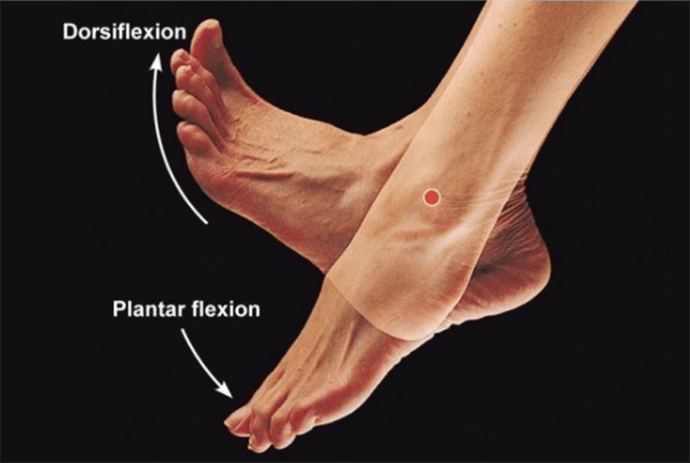
➡️ Dorsiflexion is flexion at the ankle, so we allow those knees to generally track further over the toes while maintaining more upright torso positioning.
For example, for the back squat, what will generally end up happening when wearing a weightlifting shoe is we’re able to achieve greater ranges of motion while maintaining more upright torso positioning. This can then help with our performance output and our balance while moving various loads.
Of Course, it is feasible without weightlifting shoes also, but it’s a lot tougher to load posteriorly for me and hit deeper in my squats. 🥰
This (Plantarflexion and Dorsiflexion) is a super important concept to understand when it comes to what weight lifting shoes do.👍 Because once you can understand how your heel height impacts your overall abilities to maintain certain positioning while achieving greater ranges of motion at the hip.
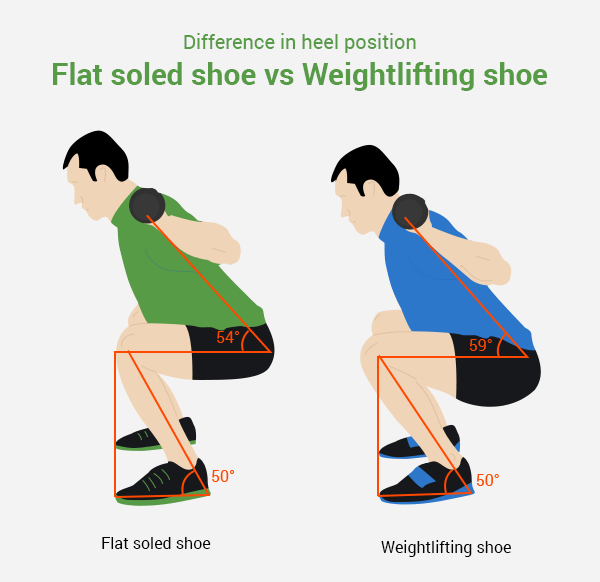
You can then be more dynamic with your Olympic weightlifting shoes India.
➡️ This is why we’ll see folks (this includes myself) use Olympic weightlifting shoes for things like hack squats and leg press where we are not able to necessarily get the range of motion we want without wearing an elevated heel and getting that level of dorsiflexion.
By putting our foot into a plantarflex position, we’re creating an environment that feeds better into dorsiflexion and which reciprocates to our goals and needs of the movement we are trying to perform.🏋️♂️
More questions answered around weightlifting shoes in the FAQ section in the end.
Now when you know ‘Are weightlifting shoes worth it?’
➡️ Let me show you some best weightlifting shoes brands in India, based on if you choose them according to which has the highest heel, wide toe box, or which is cheap but very effective as a shoe.
Top 5 Best Weightlifting Shoes In India For Men & Women Review
Let me ask you, “What makes a great weightlifting shoe?” Look, all these shoes are going to serve a lot of the same use and provide a lot of the same benefits.
➡️ What makes a great weightlifting shoe is the shoe that fits you the best and offers construction features that support your lifting style and is also healthy for your feet.
Let’s see what each shoe that I have included here has, and which one should you BUY?
Starting with Number #1 is
1. RXN Weightlifting Shoes India

Weightlifting shoe with the highest heel
- Sole: Leather
- Closure: Lace-Up
- Shoe Width: Medium
- Upper:-High grade natural leather with mesh lining, velcro for fastening
- Sole:- High-Grade strong Rubber Out Sole
- A weight-lifting shoe with Standard Fit for better stability and forefoot flexibility
This shoe is originally designed for Olympic weightlifters. The attention to detail is very fine here. Because I personally own the RXN weightlifting shoes so I could better give you my take on them.
Their design is not very similar to other expensive shoes, like Adidas weightlifting shoe India or Nike weightlifting shoe India (if not they’re better) but at the root core, they offer a lot of the same construction features.
Although, there are a couple of little nuances that are different and I specify those in my individual review of these shoes, titled “Everything about RXN weightlifting shoes India review” 🔗 which you could check.
But why these Shoes, and not Adidas or Nike or Reebok?
- For starters, it’s a great beginner model: If you’re just now trying out lifting shoes for the first time and like a lot of times athletes will reach for them for squats specifically, this is a cool model.
- Good Heel Height: RXN shoes India offer a higher 1.3-inch heel height, so if you really like a lot of heels to sit back on, this is a great model. It’s a little higher heel than the other models in the market. Also, that heel is supported by a lightweight TPU, so there’s not going to be a lot of compression in any kind of movement.
Pros
- Good heel height of 1.3 – 1.4 inches, depending on show size.
- Sole grip the platform well and help generate force.
- Stable enough and provide a narrow toe box.
- Durable enough, so it can last for years.
Cons
- Athletes who want additional front-end stability can buy shoes with two sets of straps.
- People who want a lower heel height than 1 inch should look elsewhere.
- Buy black or red color, because it can get dirty quite easily.
2. New RXN Lifter Weightlifting Shoes for Mens India

Best men’s weightlifting shoe
- Sole: High-Grade strong Rubber OutSole
- Closure: Lace-Up
- Heel Height: 1 inch
- Shoe Width: Medium
- Training Weight lifting shoes
These particular RXN shoes offer a little of a lower heel height at around like a 1-inch heel height and that’s going to be great for transitioning from, let’s say, a converse or a traditional running shoe to a lifting shoe. 🏋️♂️
It doesn’t jack your heel up incredibly high, like a 1.5 inch or 1.7-inch heel can, so you’re patterning on the squats. It’s not going to change an incredible amount, it will change a bit, but in terms of overall kind of easing you into a lifting shoe, especially for squats.
For starters, they’re a very lightweight shoe and they fit very snugly. And if you want more like that athletic feeling shoe, to feel like that running kind of shoe in your squat and you’ve worn like previously tighter models. This is a great model to buy.
I think it’s going to feel really synonymous, and that’s kind of why it earned our pick. They’re not really any different for squats compared to any of these models up here, but if you’re that athlete that wants a nice tight-fitting shoe, that’s very lightweight this one you must go for.
Pros
- Good for lifters who want lightweight, breathable material in shoes.
- Provide extra stability near the mid-foot.
- Good heel height for better positioning.
- 1 strap for fastening, less trouble.
- Also good for women who want a versatile shoe.
Cons
- Not for shoppers who want a budget or cheap shoes.
- Not for people who want heavier shoes, with more heel height.
3. PRO ASE Men’s Weightlifting Shoes India

Best cheap weightlifting shoe
- Sole: crepe
- Closure: Lace-Up
- Shoe Width: Medium
- Closure Type: Lace-Up, Toe Style: Round Toe
- Material Type: Patent, Lifestyle: Sports
- Warranty against manufacturing defects: 30 days (Made In India)
Our third pick for weight lifting is the do ASE weight lifting shoes, so in terms of a cost-efficient all-around pretty solid weight lifting shoe that is going to hit all the boxes.
0.75 inch heel, TPU heel, so it’s going to be supportive. It’s not going to compress underweight. We have a decently well-made heel cup back here, not the thickest material, but it does have additional leather padding.
Therefore, it’s going to provide a lot of support on the heel and I don’t think that’s going to hinder performance. We have double mid-foot straps for security so that a stable fit is really going to come through with this model.
They also have a wider toe box for toe placement, so in terms of weight lifting specifically, where you need a lot of room to display those toes and grip the floor.
This is a cost-efficient shoe but why it made our list is to find reasons:
1. Double Straps
Double straps appearance and decently outer construction of leather that provides a lot of support and stability. In terms of overall stability, the shoe does a really good job. It’s a little skinnier back here on the material in the heel.
But overall I feel like it’s a pretty stable shoe, and it’s going to provide a lot of support for your foot.
2. Wide Toe box up:
It is made to be wider, so this shoe has the weight lifter in mind in terms of toes place so if you have a wider foot especially on that mid-foot and you want to play those toes and you often feel limited in your normal weight lifting shoes the RXN do a great job at providing you a little extra room to provide you with a lot of room to really explain oh those and grip the floor.
Pros
- Provides enough safety with stability.
- Double mid-foot straps.
- Best weightlifting shoe in India for under 3000 rupees.
- A heavier shoe that cement to the ground.
Cons
- Not good for lifters who want a shoe with multiple straps.
- Lifters who want a higher heel height shoe.
- Short on color options.
4. RXN World Star Double Strap Weightlifting Shoes

Best weightlifting shoes in India Overall,
- Upper: High-grade natural leather with mesh lining.
- Double velcro for fastening
- Sole: EVA OutSole
- The weight-lifting shoe with Standard Fit for better stability and forefoot flexibility
Why did these earn my spot and especially when it’s the 3rd same pick from the same RXN brand? Well, their heel height is a little more traditional; it comes in around 1 inch.🏋️♂️ They have double straps here so they’re really stable shoes but will it really earn their spot is that they’re a little more wide-based shoes.
So you can really grip the floor well, which I love doing in squats. Obviously, everyone wants to maintain that nice strong tripod position with the foot and really dig into the floor and I feel that the leg if you lifters do a great job at that.
Plus, they’re a little more of a heavier model, so if you’re only using them for squats, they’re a great shoe for really grounding the feet and really kind of anchoring that foot down.
Pros
- Heel inclination is at a good and consistent angle.
- Provide Stability and grip on the lifting platform.
- It has metatarsal strap support, full upper is of genuine leather.
- Great for squats.
- Good for lifters that need dependable arch support and a rigid midsole while lifting.
Cons
- Not for cross-fitters who want shoes solely for Olympic lifting.
- Heel height is slightly different between sizes.
- One could easily order the wrong shoe size, if they don’t follow a size chart.
- Not for anyone who needs more room in the toe box.
5. ASE Double Strap Weightlifting Shoes

Best weightlifting shoes for squats
- Sole: crepe
- Closure: Lace-Up
- Shoe Width: Medium
- Textile upper is lightweight and durable; Lace closure with hook-and-loop strap for a secure locked-down fit.
- Heel height: 1.2 inches
The ASE weightlifting shoes for men, this shoe is a very new offering in the market and makes an appearance in our list because 4 defined reasons:
- TPU heel: It’s going to be very stable. It’s not going to break down very fast on you. Therefore, in terms of longevity, the heel is going to last.
- Outer construction of the PU coated leather: This leather is a little more firm & more durable it’s not going to break down incredibly fast if you scrape on weights or the ground. These have been on the market for multiple years and they’ve proven to last.
- Torsion system: This is the mid-foot support in this model. As you can, see the TPU goes all the way through the mid-foot and it’s to provide support and allow the heel and toe to move independently of one another.
- Offers standard weight lifting shoe construction features: Most look for in a model so single mid foot strap up here no big frills has the 0.75 inch heel (1.2” inch heel) so it’s going to feel pretty good in terms of the standard weight lifting shoe model that you’ve used before or if you’re just kind of starting out. It’s not going to feel incredibly high compared to a one-inch heel found in some models of RXN.
Pros
- Good foot support ensures a powerful workout & greater lifting gains.
- Perfect sportsmen working with heavyweights.
- Built to last, even under immense stress.
- Lace closure with hook-and-loop strap for a secure locked-down fit.
- Textile upper is lightweight and durable
Cons
- Not for lifters who want less heel-to-toe differential.
- Not good for people with extremely narrow feet.
What things to consider when choosing the best weightlifting shoes?
A shoe is a shoe. Without knowledge, you buy any option in the market and later would run for returns.🤕 These are some factors to take a look at before buying. 👍
1. Your Training Sport:
While some athletes follow the same one sport, while others keep bouncing between a different variety of training modalities. If you like variety, then buying a more generalist shoe like gym shoes would be good for you.
👉 But if you’re focused on weightlifting exercises, snatch, clean & jerk, squats, then a weightlifting shoe is a good option.
2. Heel Height and Elevation:
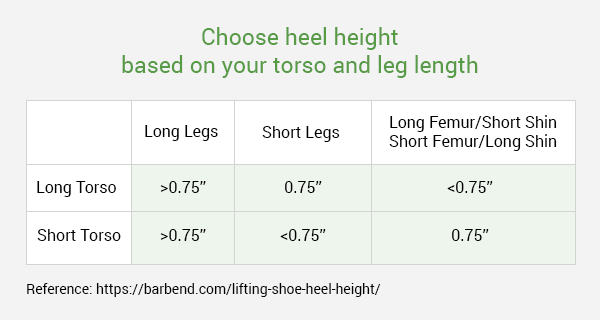
The height of your heels might have a big impact on your workout, especially if you’re a weightlifter. These raised heels aids in movement and provide a stable base for lifters to sit back on.
For sports, a planted firm foot is essential, especially while moving big weights, therefore a steady elevated heel can help a lifter gain more confidence.
The elevation of a heel can range from .3′′ to 1′′, and each lifter will find a heel height that usually works best for them. Furthermore, the extra heel height aids a lifter in shifting weight through a range of positions while maintaining good posture angles (Keeping chest tall, knees track properly, etc).
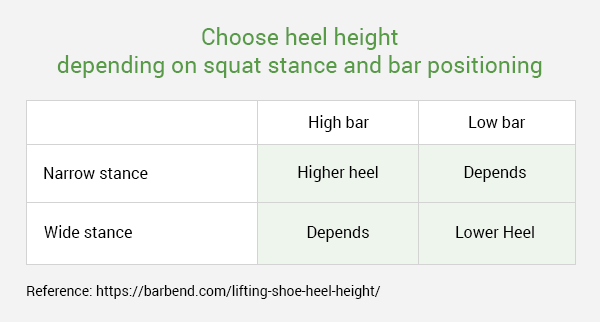
👍 Choose heel height above 1 inch.
3. Lacing & strapping system:
For people who value foot stability, the way shoe laces or straps work can make a major difference. There are single strap, double strap, and different lacing styles among the shoes we reviewed.
For different parts of the foot, each provides a varied amount of security. Double straps were at the top of our list for maximum security, although single straps are equally sufficient. 👍
4. Type of heel:
When it comes to selecting which heel is ideal for a lifter, a lifter’s preferences and taste are usually the decisive factors.
A lifter might get one of the 4 heels indicated above for a few reasons.
- EVA Heel — Lightweight, compressible, nimble, and long-lasting.
- TPU Heel—Lightweight, durable, and abrasion and compression resistant.
- Stacked Leather Heel — Retro looks, lightweight.
- Wood Heel — Platform feedback, a solid base, and a vintage look.
5. Material Used:
Be mindful that some materials, such as leather, appear attractive but have downsides, such as reduced breathability. Extensive usage of breathable fabrics, on the other hand, may make a shoe feel light and airy, but it might have a negative impact on its durability. 🤕
Regardless of it, weightlifting shoes are developed for stability in terms of heels and outsoles. But don’t expect a weightlifting shoe to be soft, as they are normally designed to provide a lot of stability under massive loads.
6. Design:
It’s difficult these days to avoid design when purchasing a pair of shoes, but it’s clear that some weightlifting shoe brands give a greater emphasis on appearance.
This is often good news because it improves the whole experience, but the terrible reality is that the shoe style you choose may not be the most comfortable or practical for your gym requirements.
FAQs Around Weightlifting Shoes
Are weightlifting shoes good for deadlifts?
👉 No, they’re not ideal for deadlifting. In the deadlift, you must go barefoot or wear minimal footwear that puts the body in the most secure position to lift.
Weightlifting shoes have a 1-inch heel that tilts your body forward and you’ve to compensate for this by either moving backward or taking an upright posture. Also, you have to lift for 1-inch extra height, which is added by your shoes.
Get deadlift shoes in India from Grind Gear Website
Should beginners wear weightlifting shoes?
👉 There isn’t a yes or no answer to this question. Because with a weightlifting shoe it really comes down to what’s going to help support your performance. You don’t always need it, unless you’re starting to be a weightlifter.
However, in certain contexts, they can help support and boost performance when we are understanding what they’re going to do for our lifting mechanics.
Also, for you, as a trainer, have them use a heel wedge to understand what it’s like to have those knees tracked forward while balancing various loads. Then that’s essentially what a weightlifting shoe is doing. In that context, it could be useful for the beginner to have a pair in hand.
Do weightlifting shoes limit mobility?
👉 The most common objection to wearing weightlifting shoes is that they restrict mobility. Keep in mind that the elevated heel does not prevent the ankle from dorsiflexing significantly—it will still flex nearly to its maximum extent.
The shoes increase the end range of the ankles rather than lowering dorsiflexion, allowing the hips to go forward for a more upright posture.
Although hip mobility may be restricted significantly, by bringing the hips beneath the shoulders more. We are diminishing the need to hyperextend the back to bring the chest upright, resulting in a safer spine position.
Mobility may and should be enhanced or maintained in ways other than simply squatting.
Do I still need weightlifting shoes if I am mobile enough to squat?
👉 These athletes, in my opinion, vastly overestimate the quality of their positions, but more significantly, this argument ignores the force transfer and stability quality.
These have little to do with mobility, but they provide a big performance advantage and safety advantage over other conventional shoes, which are equivalent to lifting while standing on a bed.
Why am I uncomfortable wearing weightlifting shoes?
👉 If you do decide to switch to weightlifting shoes, don’t be shocked if you feel weaker or uncomfortable at first.
It will take some time to adapt and train the body to this new position, just like any other shift in position. Allow a few weeks to gradually increase your workout intensity and volume and adapt your workout gear/ or footwear with the regular training.
It doesn’t in any way mean wearing a very uncomfortable shoe. If it feels impossible for you, then certainly this weightlifting shoe you bought isn’t really for you.
Conclusion
In terms of overall price, these 5 are the best weightlifting shoes in India under 3000 rupees price range, in my opinion. 👉 But you can also find the most popular models markdown and that’s going to really depend on what retailing outlet you go through.
That concludes today’s topic.
If you have your favorite weightlifting shoe that either didn’t make our list or you felt sure to rank higher in one of our categories, please leave it below. ⬇️
I didn’t mention some of the big brands like Adidas or Reebok and a couple of others, because they aren’t available for sale in India and imported, which could go for 40000+ rupees price range.
Thanks for reading.
Sharing is caring. 💗
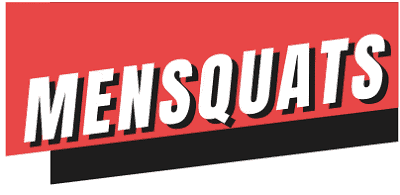
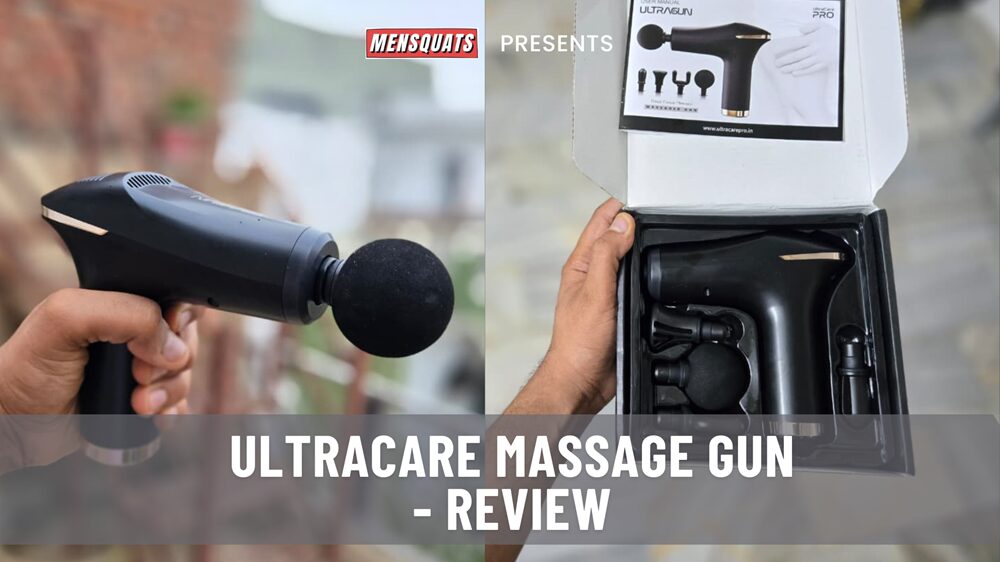
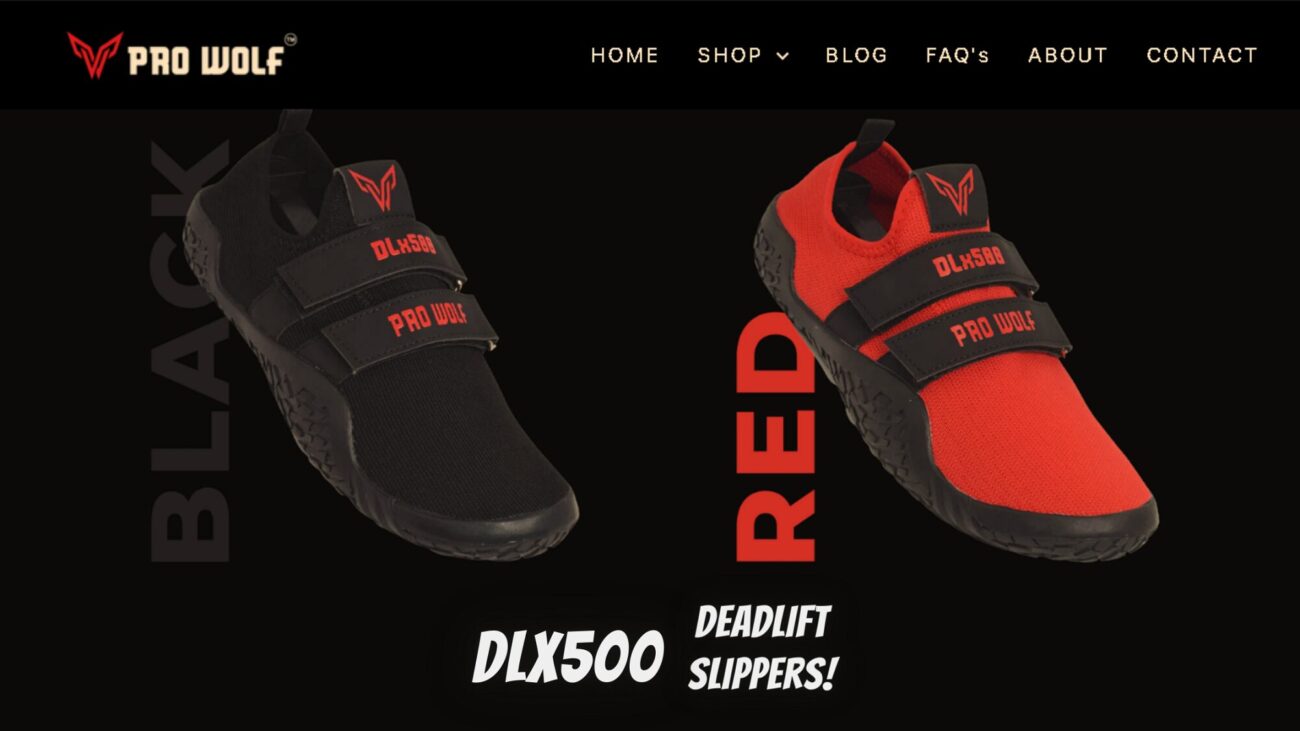
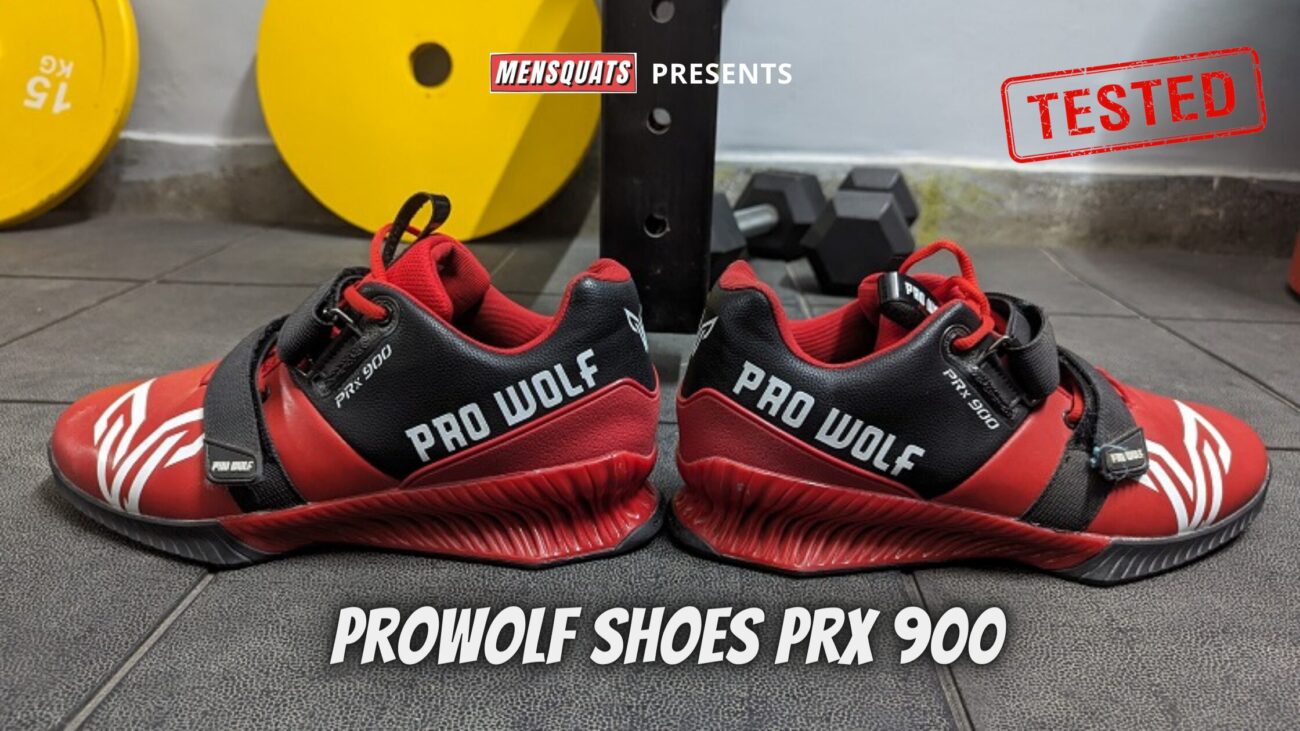

I found this article very helpful, especially the practical examples you included. It’s clear you’ve done your research, and it really adds value for readers like me trying to understand this better.